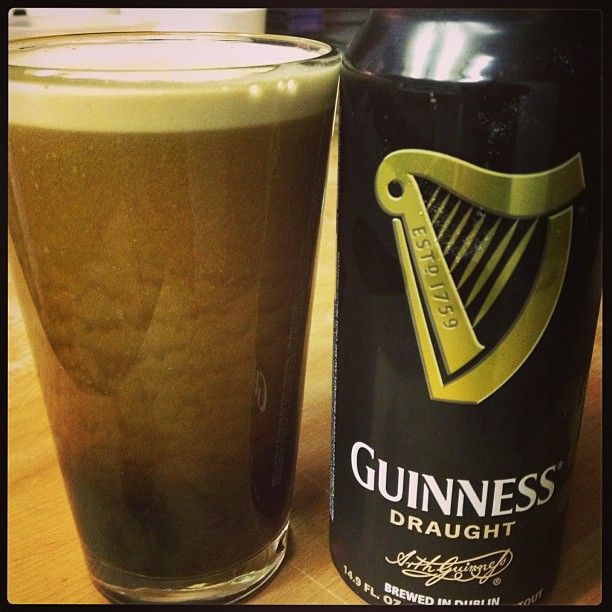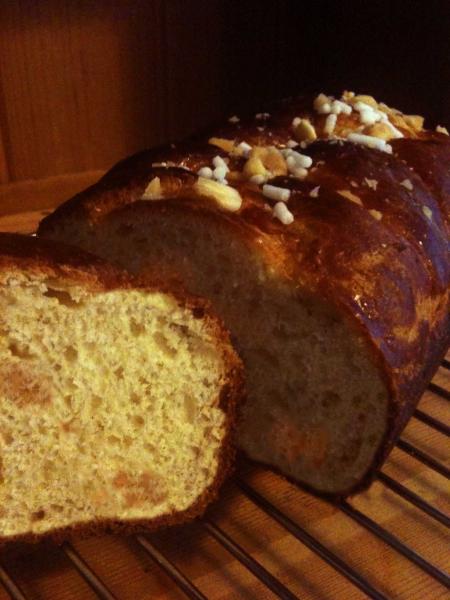Michelles (small miches) - the right flour at last (UK)
Hi,
Along with croissants, the miches (Hamelman and Shiao-Pings post Miche Gerard Rubaud, the post that initially lured me into TFL) felt quite out of reach, and I had as many failures as trials.
Recently I ordered a bag of
Bacheldre Watermill Organic Stoneground Strong Unbleached White Flourin the belief it was strong white flour.
- Log in or register to post comments
- 22 comments
- View post
- Juergen Krauss's Blog


